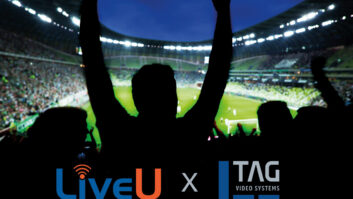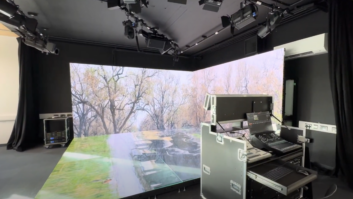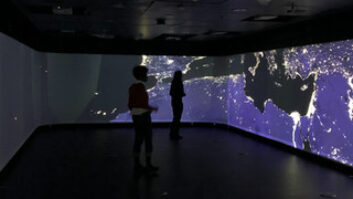Rapper Bryson Tiller’s “Trapsoul World Series” live streamed concert was boosted by disguise’s Unreal Engine. Xite Labs utilised the company’s Extended Reality (xR) workflow, powered by a gx 2c media server and rx real-time rendering platform, to bring to life a myriad of virtual worlds.
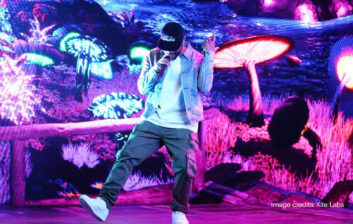 Shot at Xite Labs’ xR stage in LA, the immersive livestream presented Tiller in six different worlds linked by a narrative flowing through the songs. Xite Labs was responsible for the xR content for 14 different songs performed in four of the worlds with distinct appearances and themes.
Shot at Xite Labs’ xR stage in LA, the immersive livestream presented Tiller in six different worlds linked by a narrative flowing through the songs. Xite Labs was responsible for the xR content for 14 different songs performed in four of the worlds with distinct appearances and themes.
Xite used a disguise gx 2c media server as the primary controller of the xR environment, while a dedicated disguise rx machine was used to run the Unreal Engine scenes via disguise RenderStream. Front-plate elements were created in Notch to further link Tiller into each of the unique worlds.
These worlds included a virtual lounge that fell away to reveal a world of galaxies, nebulas and spaceships; a time theme with a mountain desert landscape and a flight through a moonlit sky; guerrilla warfare transforming into a neon jungle; as well as stark hallways with bold, flat lighting, colour-changing walls and silhouettes. Throughout, Tiller appeared to perform on a moving platform, which served as the anchor point transporting him from one otherworldly environment to another.
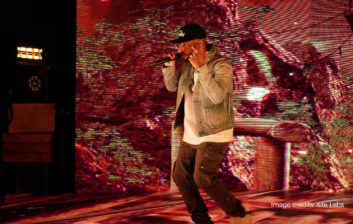 “I have not seen anything done in xR that was quite as diverse and complex as this,” enthused Greg Russell, creative director at Xite Labs. “And the fact that it was shot on our smaller volume in such a short timeframe still blows my mind.”
“I have not seen anything done in xR that was quite as diverse and complex as this,” enthused Greg Russell, creative director at Xite Labs. “And the fact that it was shot on our smaller volume in such a short timeframe still blows my mind.”
An unforeseen benefit that the disguise xR workflow brought to the production team was the ability to film Tiller wearing a shiny, black reflective jacket for the interlude performances.
“This would have been incredibly challenging on a green screen and require a great deal of time technically for lighting and ensuring the separation of light fields,” explained Vello Virkhaus, also creative director at Xite Labs. “But xR made this possible, and it looked amazing,”

